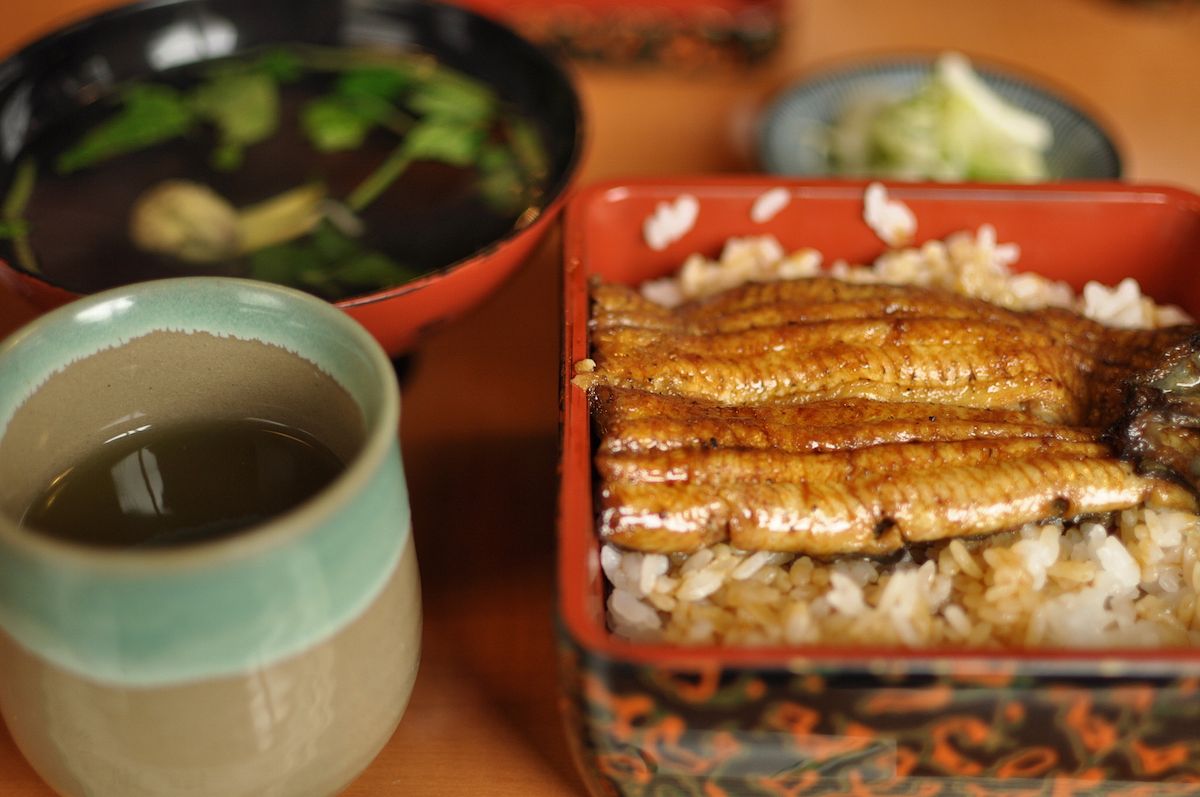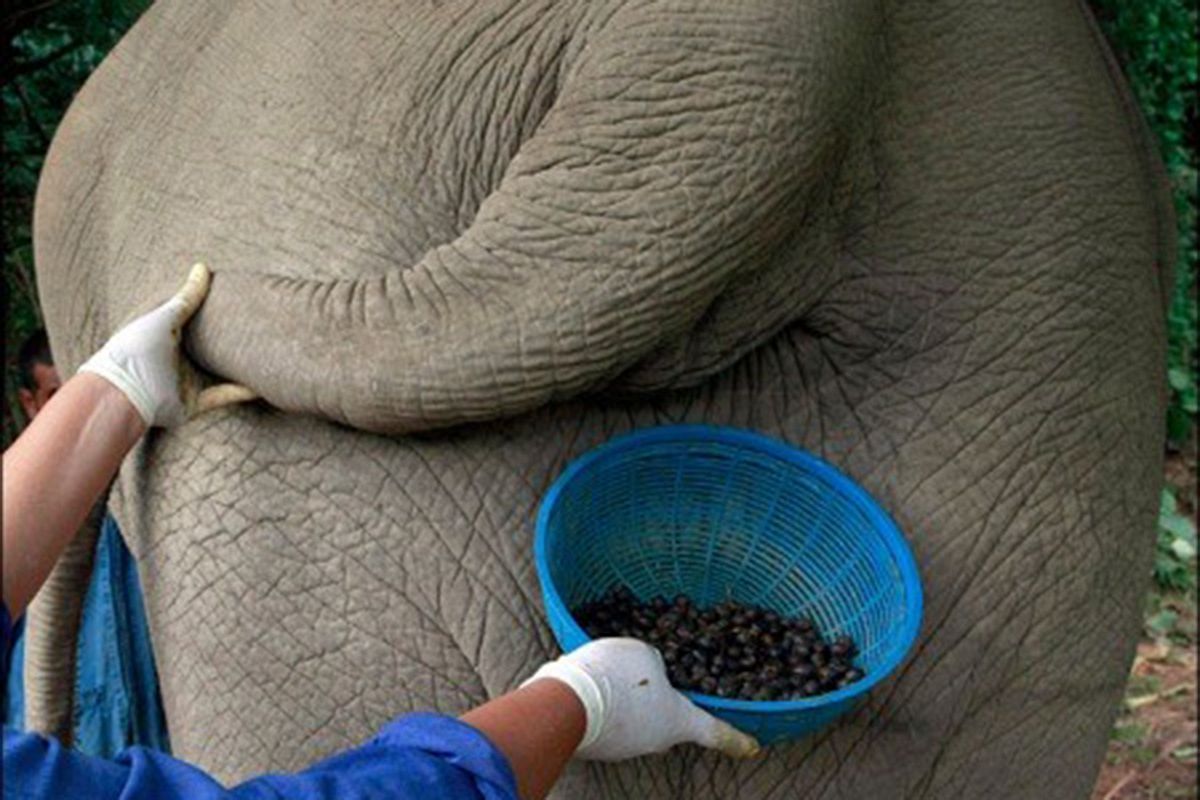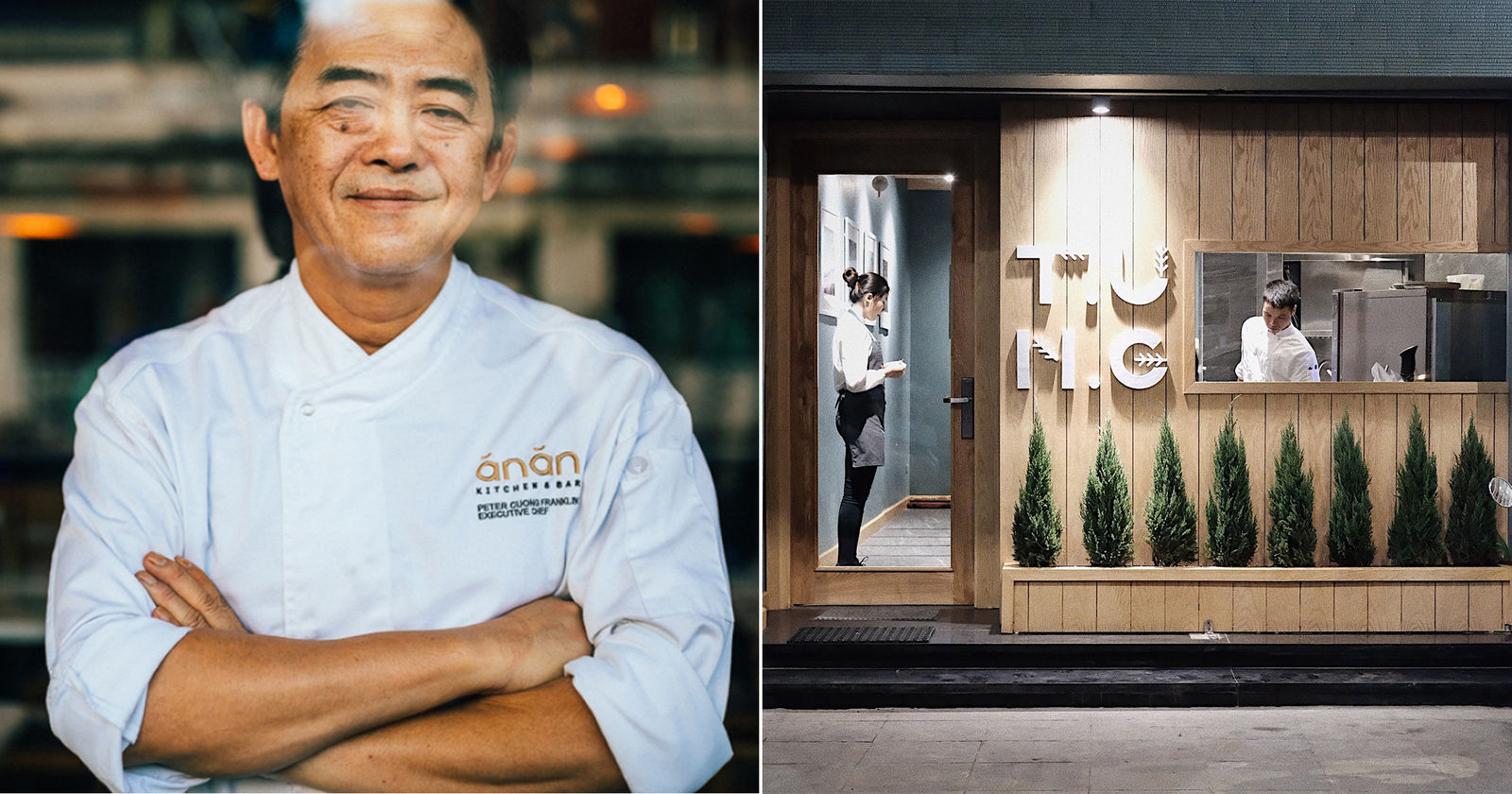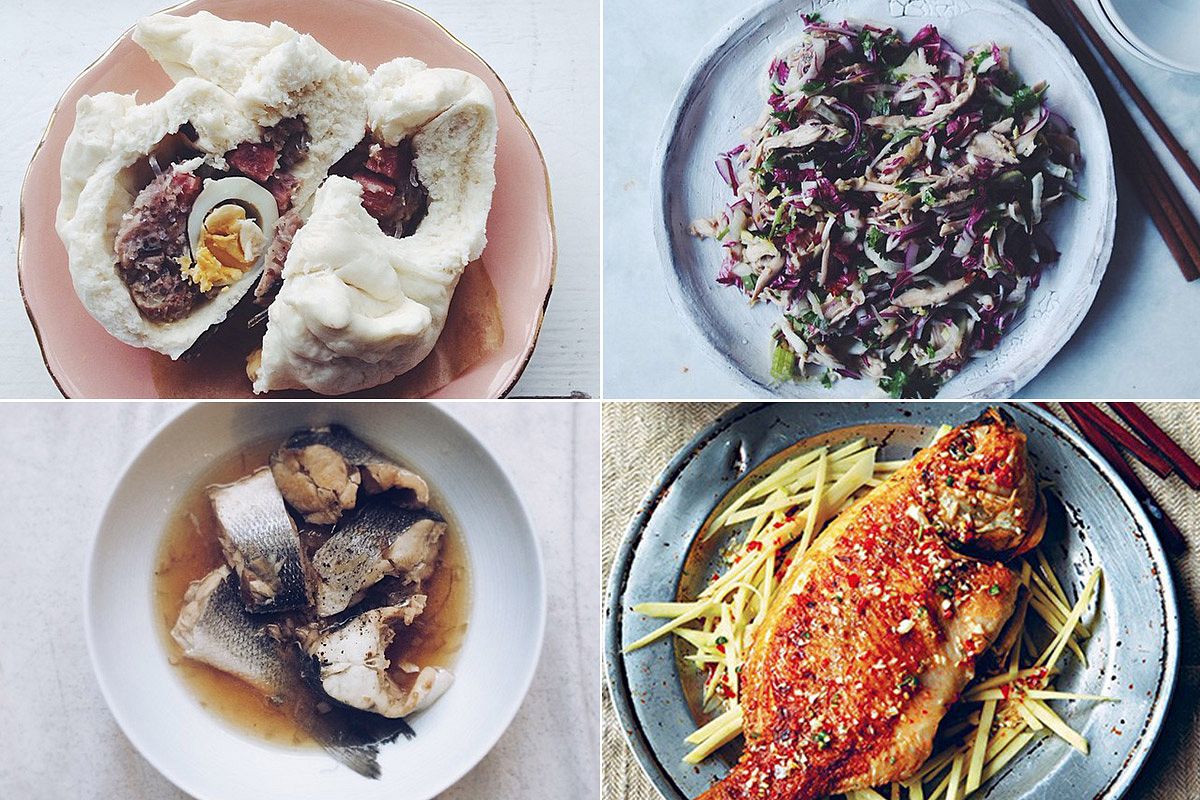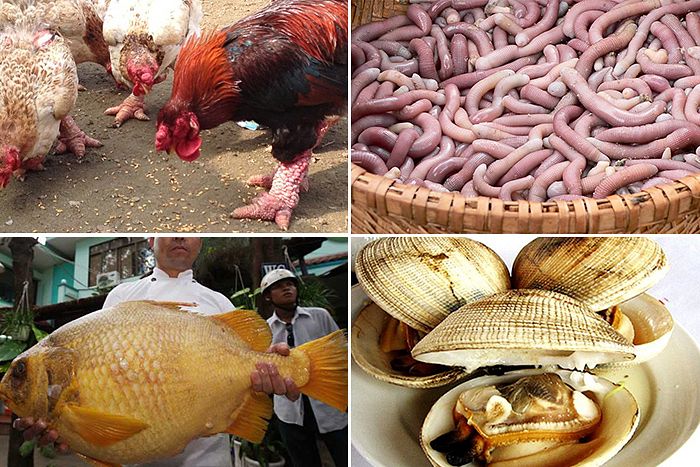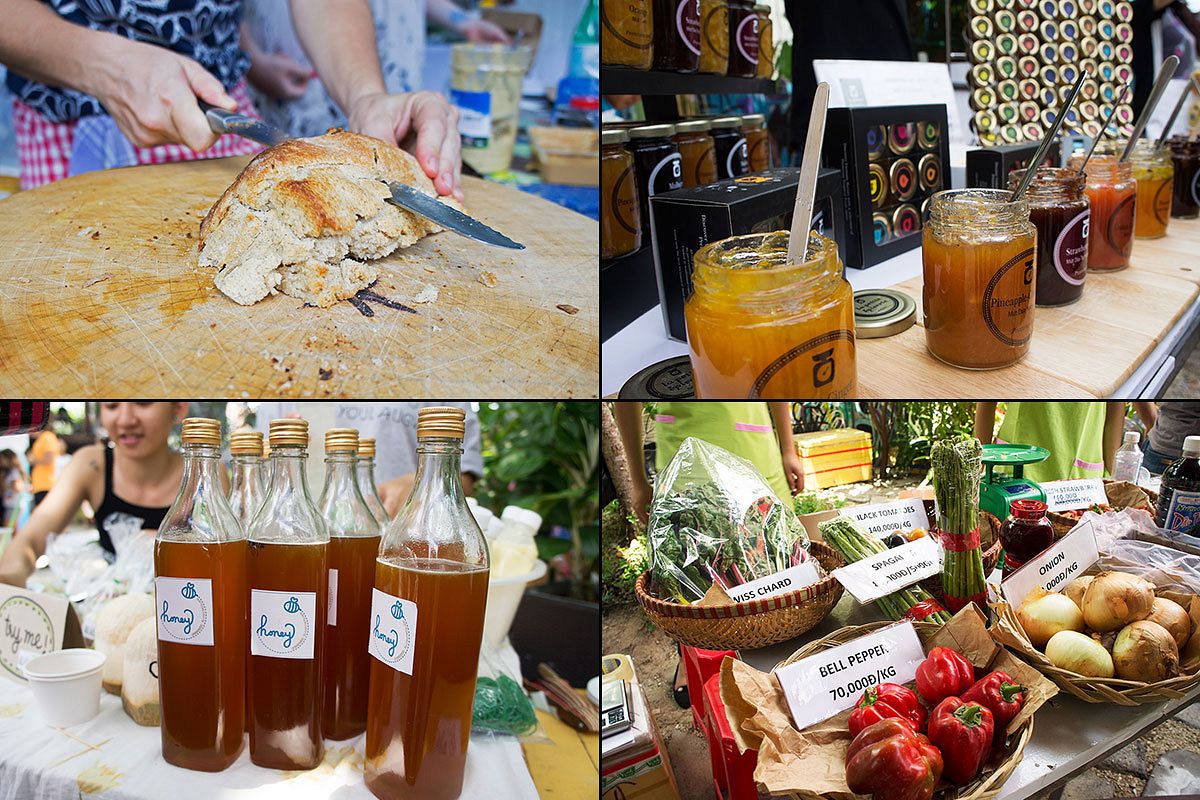Last weekend, as Vietnam was dealing with a bout of particularly bad weather – we’re looking at you, Typhoon Mirinae – Japan was celebrating a long-held tradition: Doyo no ushi no hi, or the Midsummer Day of the Ox.
Believed to be the hottest day of the year, 2016’s festivities fell on Saturday, July 30. According to Tofugu, it is on this particular holiday that Japanese across the island nation tuck into a helping of grilled unagi, or Japanese eel.
The oily, slightly sweet delicacy is thought to give strength and help those who eat it fight off fatigue in the summer heat. No one really knows how the Day of the Ox unagi tradition began, but one legend suggests it was a marketing ploy made by an 18th-century unagi restaurant. The eatery hired a famous calligrapher to write a sign in honor of the Day of the Ox; because of the calligrapher’s fame, people saw the sign beside the unagi-yas and the connection stuck.
For centuries, Japanese chefs have had their own very specific way of preparing the prized dish. Like other Japanese delicacies – think fugu – unagi blood is a neurotoxin, meaning a certain level of expertise is required in the slaughter and preparation of the eel.
Once this process is complete, the unagi is split open, basted in a sweet sauce of soya, mirin and sugar and grilled over a charcoal fire. The resulting fish is accompanied by rice and pickles or used as an ingredient in sushi.
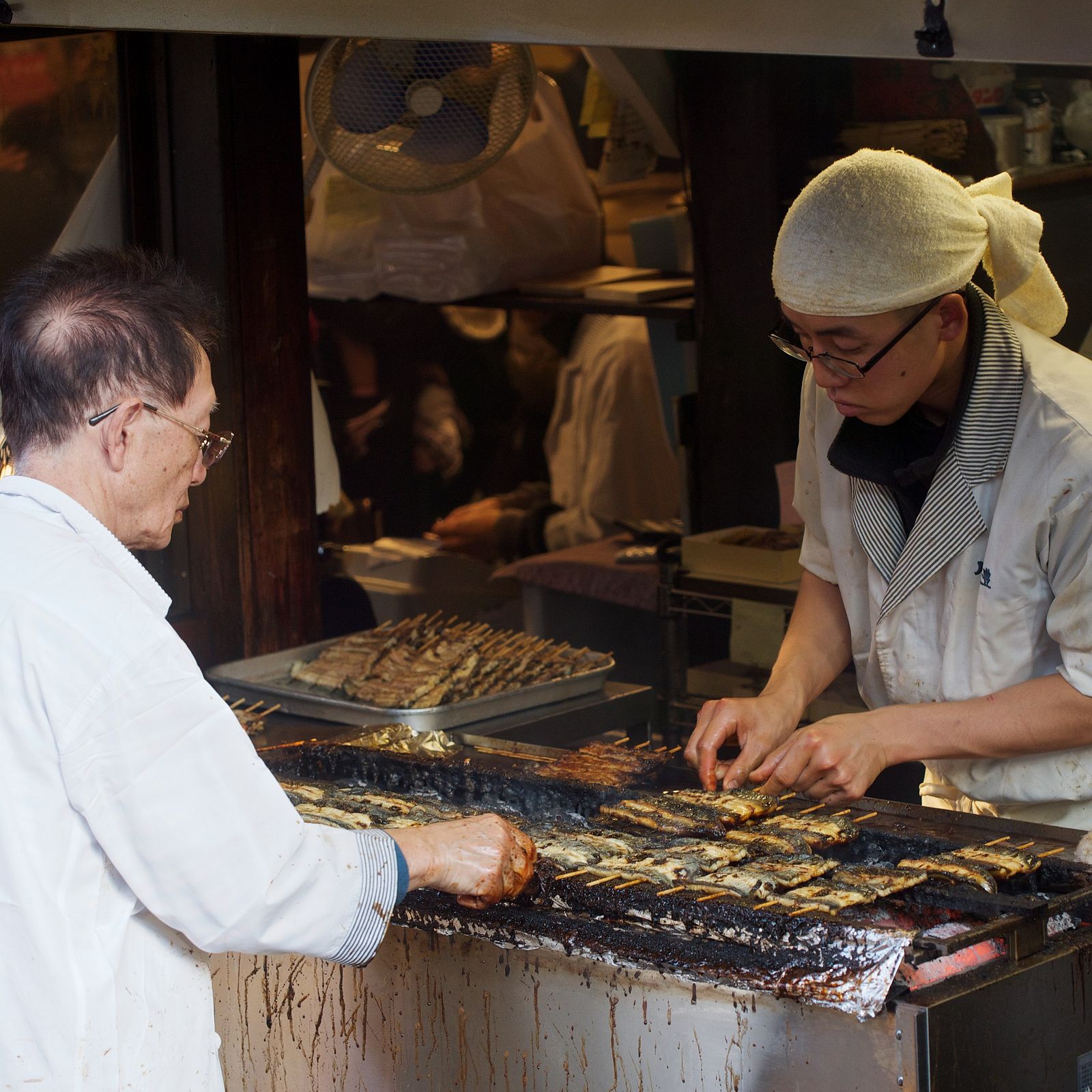
Unagi on the grill. Photo via Flickr user Giant Ginkgo.
Give it a generation or two, however, and Japan’s long-running unagi tradition could become a thing of the past. Once a delicacy reserved for special occasions, namely the Midsummer Day of the Ox, modernization has made the grilled eel more widely available, leading to a sharp increase in consumption and an equally sharp decline in eel populations the world over. In 2014, Smithsonian interviewed the 11th-generation owner of an unagi-yas who lamented the dire state of her family business.
“In old days, unagi was a special food – only on special occasions did we eat eel,” restaurateur Akiko Ishibashi told the magazine. “When supermarkets began to sell unagi, it became so popular – for everybody. But many supermarkets catch too much eel and dump, and now the unagi is endangered. When people eat normally like they did in old days, it’s no problem, but it’s a big problem now.”
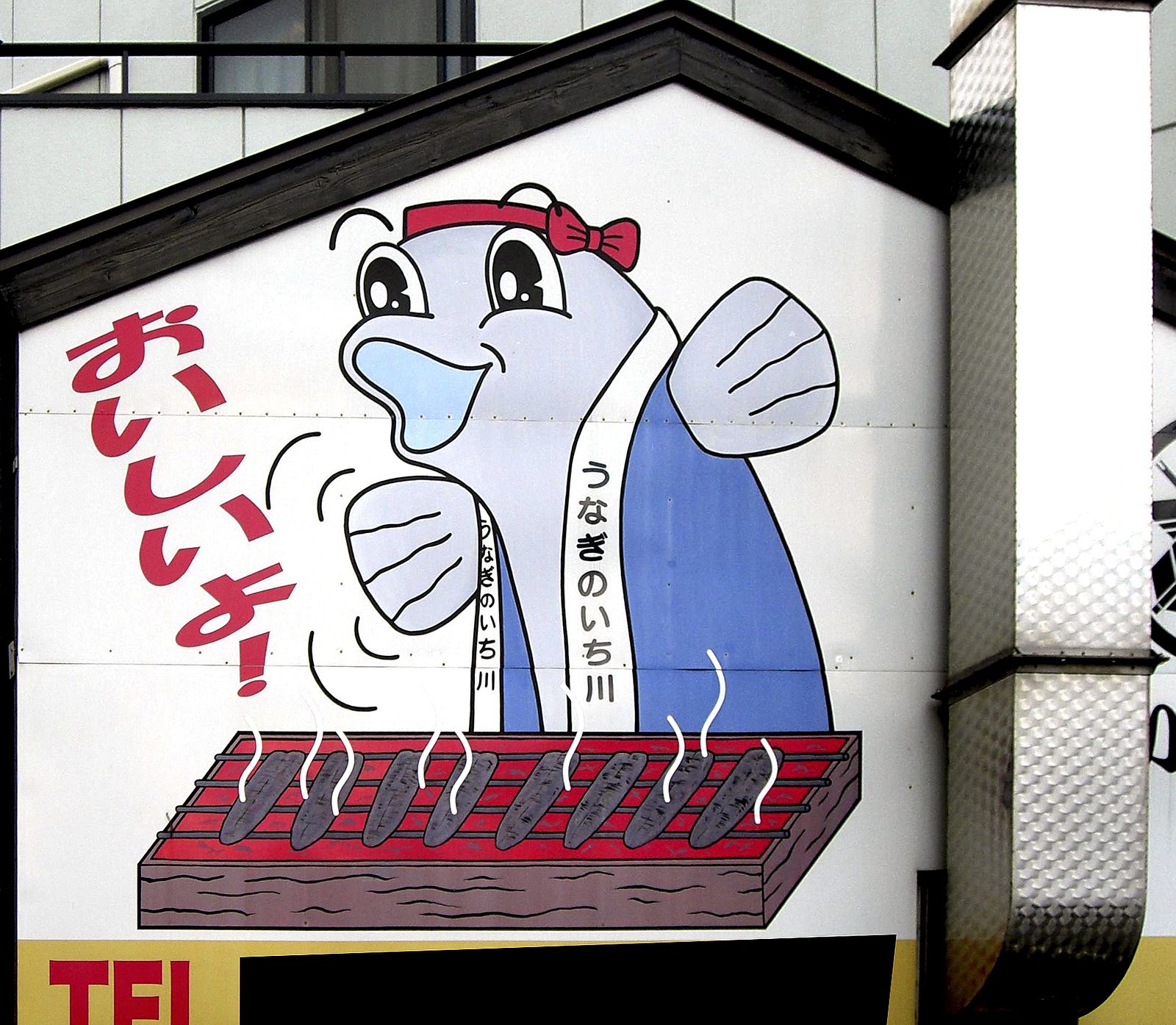
Photo via Flickr user Ken OHYAMA.
Unagi, known to some as freshwater eels, also have a peculiar and hard-to-track life story. Born in the ocean, unagi begin life as tiny, translucent little creatures whose appearance is a far cry from their adult form. Eventually, these unagi swim long distances to the Japanese coast – the spawning grounds for freshwater eel lie near Guam and the Mariana Islands – locate the mouth of a river and travel upstream. The eels can live anywhere from 10 to 30 years in this freshwater environment before returning to the sea to spawn.
Today, Japan imports roughly 80% of its unagi from abroad, mostly China and Taiwan. By the early 1990s, as eel became increasingly popular, prices rose and suppliers started looking elsewhere for similar species. European and North American eels, though slightly different, still did the trick and were not considered a delicacy in their respective regions, making them easy to acquire.
However, in order to keep the creatures alive as they were transported from the United States’ east coast to Japan, American fishermen began catching baby unagi for Japanese suppliers, who would then raise the eels to adulthood in fish farms. This business became so lucrative and cutthroat that there was briefly an Animal Planet reality show about the lives of Maine eel fishermen.
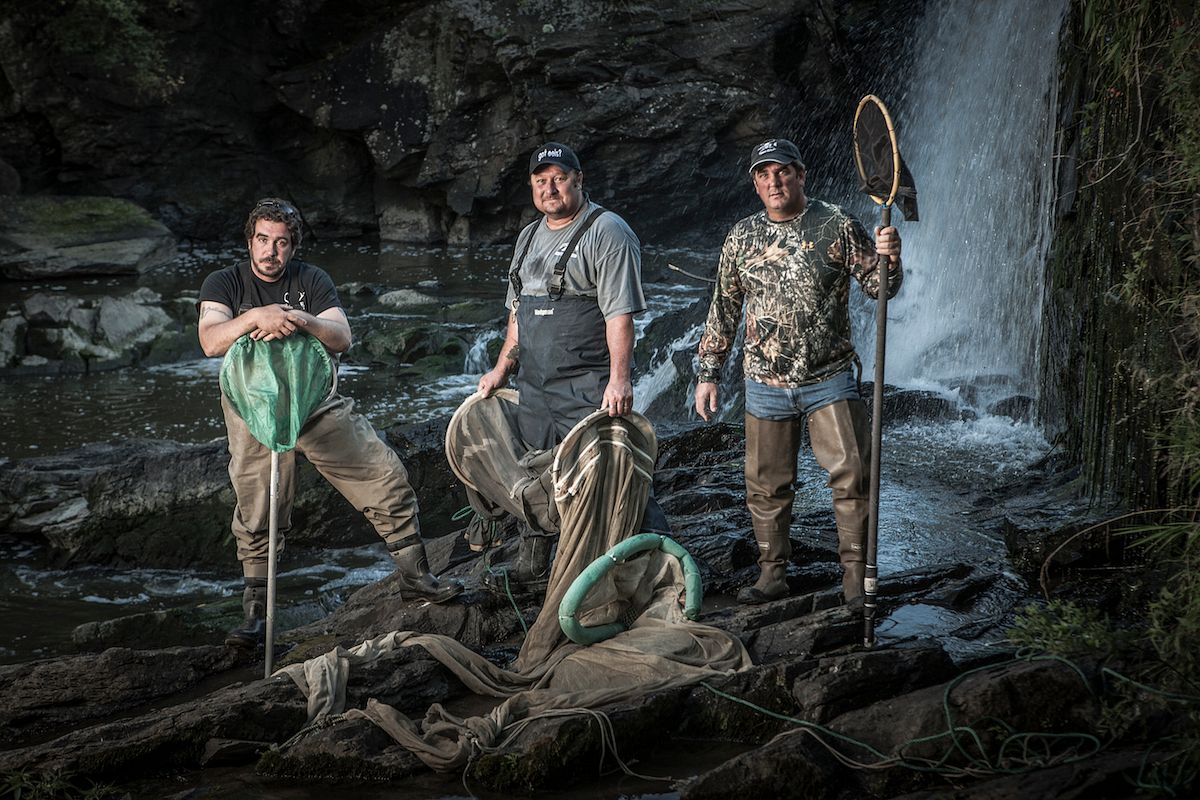
Animal Planet's Cold River Cash ran for two seasons in 2013-2014. Photo via Bangor Daily News.
Beyond fishing for eels, breeding unagi in captivity has also proven to be a challenge; there are still mysteries about the life and breeding habits of unagi given the epic journey each creature embarks upon during its lifetime. As a result, less than 1% of Japanese unagi are now caught in the wild as adults; most come from abroad and are raised in captivity.
Unfortunately, the overexploitation of eels around the world continues. In Japan, unagi populations have declined 90% in the last three generations. England’s Thames River was home to 1,500 European eels in 2005; by 2010, the number plummeted to just 50, a 98% drop. This has prompted both Japan’s Ministry of the Environment and the International Union for Conservation of Nature to put unagi on their respective Red Lists, which denote the eel as an endangered species.
While this is a positive step forward, there is still no fishing ban on unagi in Japan. In Canada, east coast provinces and Ontario have declared freshwater eels endangered, while eel fishing is only legal in two American states, Maine and South Carolina. Still, this does not seem to be stemming the tide of unagi demand.
Though environmentalists have encouraged diners to abstain from eating the grilled eel for sustainability reasons, this has done little to change consumer attitudes. Over the weekend, the Japan Times remarked on eel demand over this year’s Midsummer Day of the Ox, noting that unagi sales were strong despite high prices. If this trend continues, today’s unagi lovers will only be able to regale their kids and grandkids with memories of their favorite summertime tradition.
[Photo via Flickr user Shingo Yoshida]

